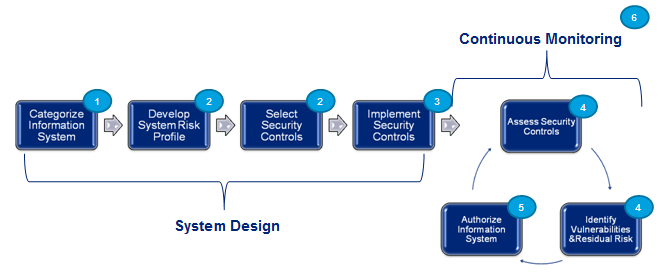IT Disciplines of an Identity & Access Management Expert
The field of identity and access management is considered a small, specialized niche in the world of IT. Some would speculate that this is because of the very complex nature of the applications we deploy to an enterprise. Although that may be true, it goes far beyond just the complexity of the specific applications we work with. A true identity and access management expert must be very knowledgeable over many IT disciplines. This is due to the products we architect and implement being entire solutions, as opposed to singular purposed applications. Let me provide some examples of the typical IT disciplines covered during a deployment:
Gathering enterprise requirements: The expert must be well versed in enterprise architecture, security, networking, hardware, and multiple operating systems. This is crucial as they will propose the best suite of products based upon the clients requirements and the current state of the enterprise architecture. The expert must consider things as simple as who the primary user base is, to more complex questions such as what hardware will be required based on expected application load. This phase will determine both the tempo of the project as well as its success. Lest we forget the expert must also play the role of a project manager, technical writer and business analyst. Any well-rounded expert can explain identity and access management plans and concepts to the client in simple, no nonsense terms, but also deliver highly technical documents to the various IT departments in which the project will affect. In addition, a precise project plan needs to be delivered to the client to stay on task and on budget. Read more


